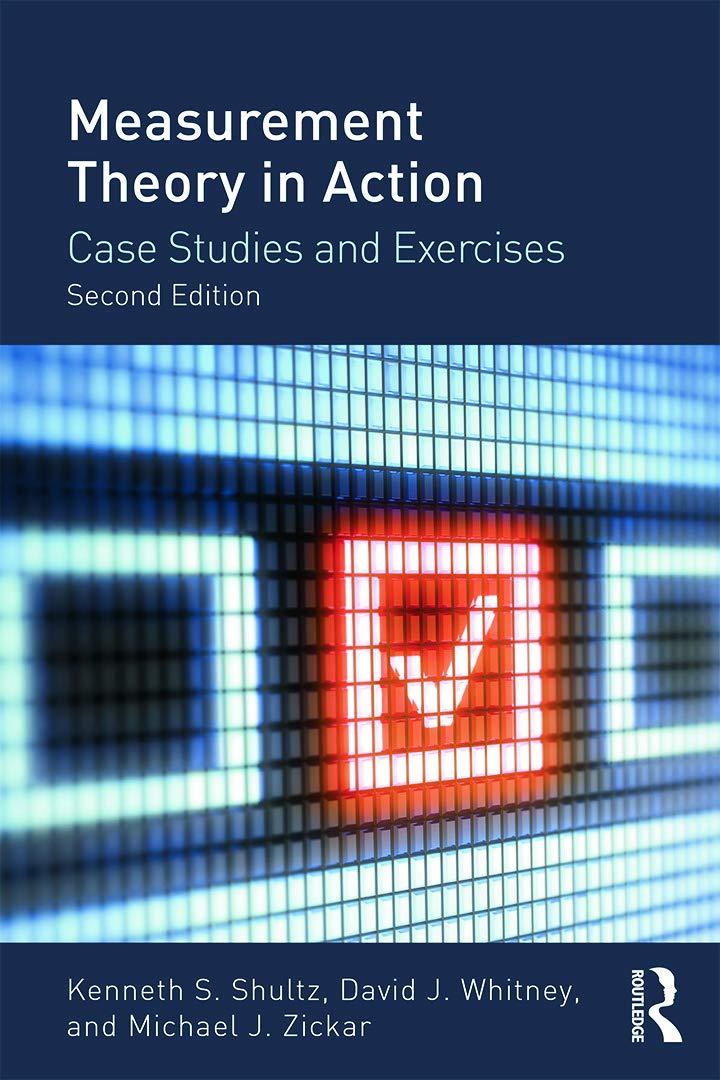EXERCISE 10.2: ALBEMARLE SUPREME COURT CASE OBJECTIVE: To calculate meta-analytic estimates by hand. BACKGROUND: In Table 10.3
Question:
EXERCISE 10.2: ALBEMARLE SUPREME COURT CASE OBJECTIVE: To calculate meta-analytic estimates by hand.
BACKGROUND: In Table 10.3 , you will find data from the Albemarle Paper Company v. Moody (1975) Supreme Court case. The case involved looking at the use of meta-analysis (more specifically, VG) to “validate” several tests across a series of jobs. Albemarle lost the case, not because it used meta-analysis, but rather because it failed to perform adequate job analyses to show that the jobs were sufficiently similar and required comparable knowledge, skills, and abilities to apply the tests for all jobs investigated (really more of an issue of transportability). In addition, Albemarle’s initial validation efforts were criticized because of the use of only older, experienced White male workers (the new job applicants were younger, largely inexperienced, and more ethnically and gender diverse) and the use of deficient job performance measures.
ASSIGNMENT: Table 10.3 displays the data for the Beta, W-A, and W-B tests that the Albemarle Paper Company used for personnel selection purposes for a variety of jobs. An example of how to perform a “bare bones” meta-analysis for the Beta exam is provided. Perform similar analyses for the W-A and W-B exams.
Specifically, calculate the weighted average r , the s r 2 , and the e 2 , and perform an 2 analysis for each exam. Also, determine the percentage of total variance accounted for by sampling error and the 90% credibility and 95% CIs for both scales/exams.
Step by Step Answer:

Measurement Theory In Action
ISBN: 9780415644792
2nd Edition
Authors: David Whitney, Kenneth S Shultz, Michael J Zickar






